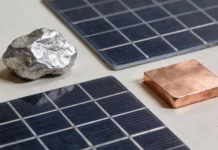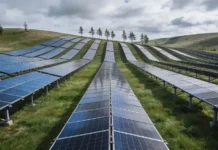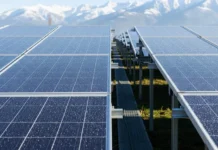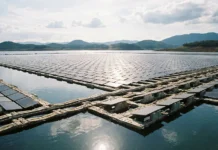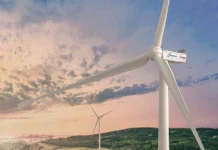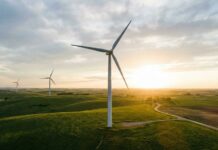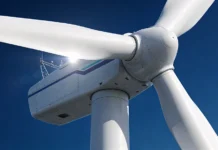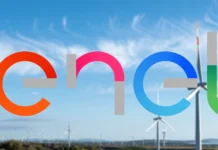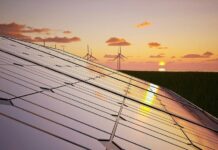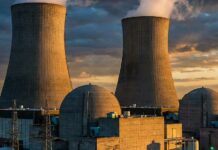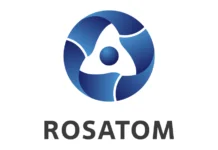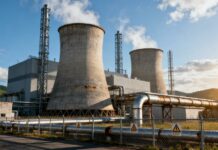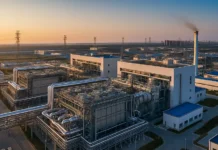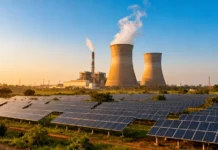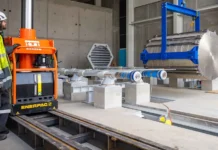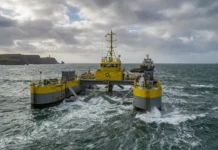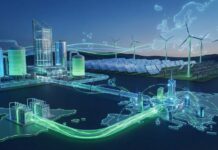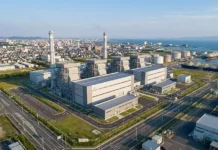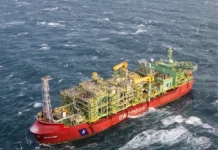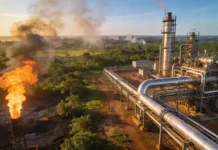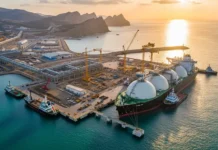TEPCO Fuel & Power, Incorporated (hereinafter called TEPCO Fuel & Power) announced that the company started commercial operations of Kawasaki Thermal Power Station Unit 3 at Group 2
During construction, the factory assembly scope for the heat recovery boiler was reviewed and increased the use of off-line setups. These efforts shortened construction time onsite and realized the start of Unit 3 a year ahead of the original schedule that was planned after the earthquake. As a result, the company estimates that it can reduce fuel costs by about 10 billion yen and about 700 thousand tons of CO2 emissions.
Kawasaki Thermal Power Station, started commercial operations as a coal-fired thermal power station in 1961, shifted its fuel to naphtha in 1972 and to LNG in 1984 to tackle with pollution problems.
Afterwards, a replacement plan was announced in 1996 and started the construction of an LNG thermal power station using cutting-edge technology while at the same time dismantling the existing facilities. Starting from the first unit in June 2007, Kawasaki Thermal Power Station made a new start as an LNG power station with commercial operations of Unit 3. With world-class cutting-edge technology, the power station consists of 6 units (output: 3,420MW): 4 units of 1,500℃ class combined cycle (MACC: More Advanced Combined Cycle) and 2 units of 1,600℃ class combined cycle (MACCII).
Kawasaki Thermal Power Station Unit 3 at Group 2 features are as follows:
(1)Using MACCIIwhich provides the world’s highest level generation efficiency
The power station realizes the world’s highest level of 61% generation efficiency. It uses state-of-arts heat-resistant materials and cooling technology for gas turbines and also adopts combustion temperatures being raised from 1,500℃ of MACC to 1,600℃ of MACC II. Compared with conventional LNG thermal power plants, the generation efficiency improves about 40% and the amounts of fuel costs and CO2 emissions are reduced about 30%.
(2)Using exhaust gas treatment technology which is cutting-edge and environmentally friendly
The power station uses low NOx (Nitrogen Oxide) burners and high-performance NOx removal equipment that can resist high combustion temperatures. These pieces of equipment use state-of-art and environmentally friendly technologies for exhaust gas treatment.
TEPCO Fuel & Power will continue to strive to strategically reduce fuel cost and improve profitability in order to supply stable and inexpensive electricity and to generate funds towards revitalization of Fukushima.
Currently, rated output has been reduced from 710MW to 685MW and generation efficiency from approx. 61% to approx. 59% when comparing with the original design. This is due to emergency construction work based on another company’s defective steam turbine.



